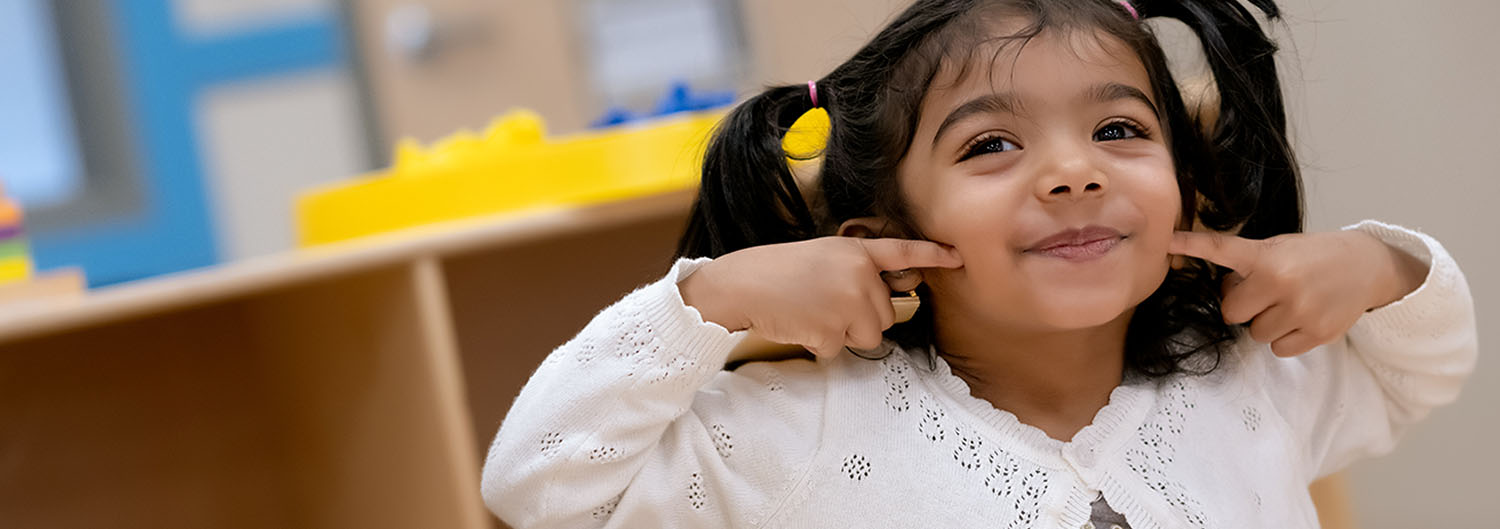- View All
- Topics
- Search
Topics
Blog Archive
-
2024 (8)
- April (2)
- March (2)
- February (2)
- January (2)
-
2023 (15)
- December (2)
- November (2)
- October (2)
- September (1)
- August (1)
- July (1)
- June (1)
- May (1)
- April (1)
- March (1)
- February (1)
- January (1)
-
2022 (13)
- December (1)
- November (1)
- October (1)
- September (1)
- August (2)
- July (1)
- June (1)
- May (1)
- April (1)
- March (1)
- February (1)
- January (1)
-
2021 (16)
- December (1)
- November (1)
- October (1)
- September (2)
- August (1)
- July (1)
- June (1)
- May (2)
- April (1)
- March (2)
- February (2)
- January (1)
-
2020 (11)
- December (1)
- October (2)
- September (1)
- August (1)
- July (1)
- May (2)
- March (1)
- February (1)
- January (1)
-
2019 (12)
- December (1)
- November (1)
- October (1)
- September (1)
- August (1)
- July (1)
- May (2)
- April (1)
- March (1)
- February (1)
- January (1)
-
2018 (12)
- December (1)
- November (1)
- October (1)
- September (1)
- August (1)
- July (1)
- June (1)
- May (1)
- April (1)
- March (1)
- February (1)
- January (1)
-
2017 (12)
- December (1)
- November (1)
- October (1)
- September (1)
- August (1)
- July (1)
- June (1)
- May (1)
- April (1)
- March (1)
- February (1)
- January (1)
-
2016 (12)
- December (1)
- November (1)
- October (1)
- September (1)
- August (1)
- July (1)
- June (1)
- May (1)
- April (1)
- March (1)
- February (1)
- January (1)
-
2015 (12)
- December (1)
- November (1)
- October (1)
- September (1)
- August (1)
- July (1)
- June (1)
- May (1)
- April (1)
- March (1)
- February (1)
- January (1)
-
2014 (6)
- December (1)
- November (1)
- October (1)
- September (1)
- May (1)
- April (1)




Helping Your Preschooler Develop Friendship Skills
These are all normal social behaviors for preschoolers. Learning how to develop friendships is a lifelong process. Children’s social behaviors evolve from smiling and cooing at others, to engaging in parallel play, to eventually forming friendships and playing together.
Below are ways we help develop friendships in the classroom, as well as ideas for you and your child to do at home.
INFANTS:
TODDLERS (ages 1-2):
BEGINNERS (ages 2-3):
INTERMEDIATES (ages 3-4):
PRE-K/PRE-K 2 (ages 4-5)
Don’t be concerned about the number of friends your child has, as it is more about quality than quantity. Each child will develop friendships at his own pace. What matters most is the development of social skills such as collaboration and problem-solving, which will help him transition into elementary school and beyond.